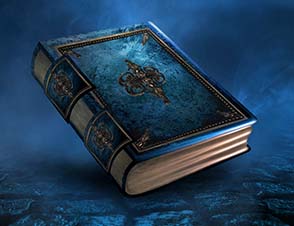The Magic Online CoK Uncommon Print Run
Those with long memories will recall that this time last year, I revealed to you the Mirrodin uncommon print run on Magic Online. I got a bit wordy about it, and sort of made an article around it, but basically the whole thing was an excuse to get the print run out there. Well, after umpteen drafts and a fair amount of help from friends and randoms on Magic Online, I have managed to do the same thing for Champions of Kamigawa.

